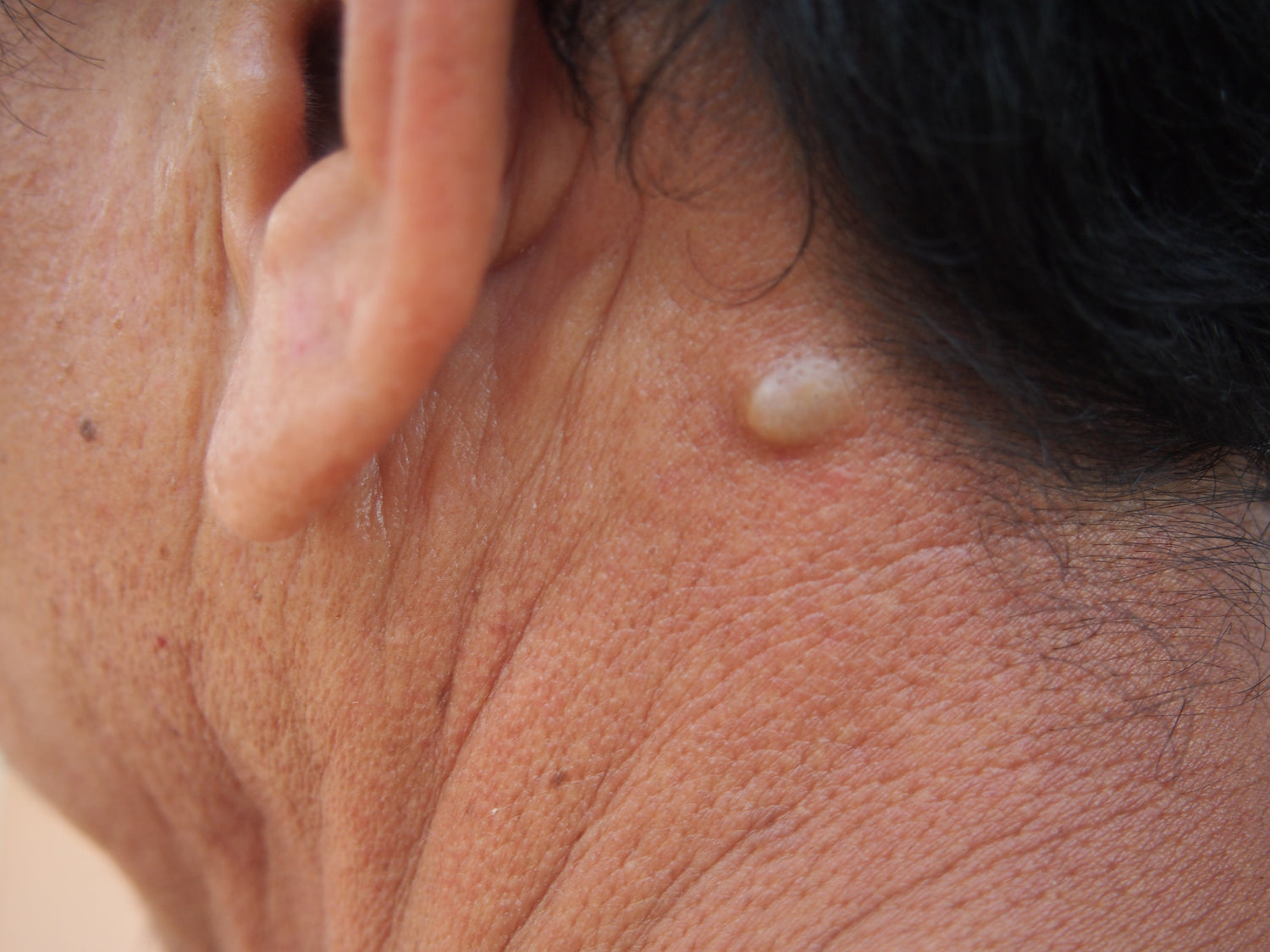Lipomas, which are benign tumors made of fatty tissue, are generally harmless but can cause discomfort or cosmetic concerns. While many individuals choose to monitor their lipomas without intervention, others seek effective treatments for quicker relief. This article explores the top Lipoma Treatment in Dubai methods available, highlighting options that offer fast results.
Understanding Lipomas
What Are Lipomas?
Lipomas are soft, movable lumps that form beneath the skin and are typically painless. They can vary in size, from small pea-sized lumps to larger growths several centimeters in diameter. Lipomas are most commonly found on the back, neck, arms, and thighs.
Causes and Risk Factors
Although the exact cause of lipomas remains unclear, certain factors may contribute to their development:
- Genetics: A family history of lipomas may increase susceptibility.
- Age: They are most prevalent in adults aged 40 to 60.
- Obesity: While lipomas can occur in individuals of any weight, obesity may be associated with a higher likelihood of development.

Top Treatment Methods for Quick Relief
If you are seeking fast relief from a lipoma, consider the following treatment options:
1. Surgical Excision
Surgical removal is the most effective and definitive treatment for lipomas, providing quick results. The procedure involves:
- Preparation: The patient is typically given local anesthesia to numb the area.
- Incision: A small incision is made over the lipoma.
- Excision: The lipoma is carefully removed from surrounding tissues.
- Closure: The incision is closed with sutures.
Surgical excision usually allows for immediate relief and a low risk of recurrence. This method is particularly recommended for larger or symptomatic lipomas.
2. Liposuction
For those looking for a minimally invasive option, liposuction may be suitable. This technique is less invasive than surgical excision and involves:
- Anesthesia: Local anesthesia is administered to the area.
- Incision and Cannula Insertion: A small incision is made, and a thin tube (cannula) is inserted into the lipoma.
- Fat Removal: The fatty tissue is suctioned out through the cannula.
Liposuction can be an effective way to remove smaller lipomas quickly. However, it may not be appropriate for larger or more complex growths.
3. Corticosteroid Injections
Corticosteroid injections offer a non-surgical approach to treating lipomas. This method involves:
- Injection: A corticosteroid solution is injected directly into the lipoma.
- Reduction in Size: The medication aims to reduce inflammation and may shrink the lipoma over time.
While corticosteroid injections can provide quicker relief than traditional methods, they may not result in complete elimination of the lipoma. This option is generally more effective for smaller lipomas.
4. Radiofrequency Ablation (RFA)
Radiofrequency ablation is a newer method that uses heat generated by radiofrequency waves to destroy fat cells in the lipoma. This technique involves:
- Anesthesia: Local anesthesia is applied to the treatment area.
- Ablation: A small electrode is inserted into the lipoma, delivering controlled heat to the fatty tissue.
- Recovery: The procedure is minimally invasive, with a short recovery time.
RFA can be effective for smaller lipomas and may provide quicker results compared to traditional surgery. However, its availability may be limited in some areas.
5. Cryotherapy
Cryotherapy is another innovative approach that involves freezing the lipoma to destroy the fat cells. This method includes:
- Application: A cryogen (a substance that produces very low temperatures) is applied to the lipoma.
- Freezing: The cold temperature causes the fat cells to break down.
- Recovery: Patients may experience mild swelling or discomfort following the procedure.
Cryotherapy can offer quick results for some individuals, although its effectiveness may vary.
6. Alternative Therapies
While alternative therapies may not provide immediate relief, some individuals explore them as adjuncts to traditional treatments:
-
Home Remedies: Natural remedies, such as apple cider vinegar, turmeric, or flaxseed oil, are sometimes used topically to manage lipomas. However, evidence supporting their efficacy is limited.
-
Dietary Changes: Adopting a balanced diet rich in fruits, vegetables, and healthy fats may support overall health, potentially influencing the development of new lipomas.
7. Lifestyle Modifications
Incorporating healthy lifestyle changes can also aid in managing lipomas:
-
Regular Exercise: Engaging in physical activity helps maintain a healthy weight and improves overall health. Aim for at least 150 minutes of moderate-intensity exercise weekly.
-
Hydration: Staying well-hydrated supports bodily functions and aids in detoxification. Aim for at least eight glasses of water daily.
-
Stress Management: Chronic stress can negatively impact overall health. Consider practicing relaxation techniques such as yoga or meditation.
When to Seek Treatment
While many lipomas do not require treatment, consider seeking medical advice if:
- Rapid Growth: If a lipoma grows quickly or changes in appearance.
- Pain or Discomfort: If the lipoma causes pain or discomfort.
- Cosmetic Concerns: If the appearance of the lipoma affects self-esteem or confidence.
Conclusion
Lipomas are benign growths that can cause discomfort or cosmetic concerns. For quick relief, surgical excision, liposuction, corticosteroid injections, and newer techniques like radiofrequency ablation and cryotherapy are effective treatment options. While alternative therapies and lifestyle modifications may offer additional support, consulting with a healthcare professional is essential to determine the best course of action for your specific situation.
By understanding your treatment options, you can make informed decisions regarding lipoma management and find the relief you seek.






